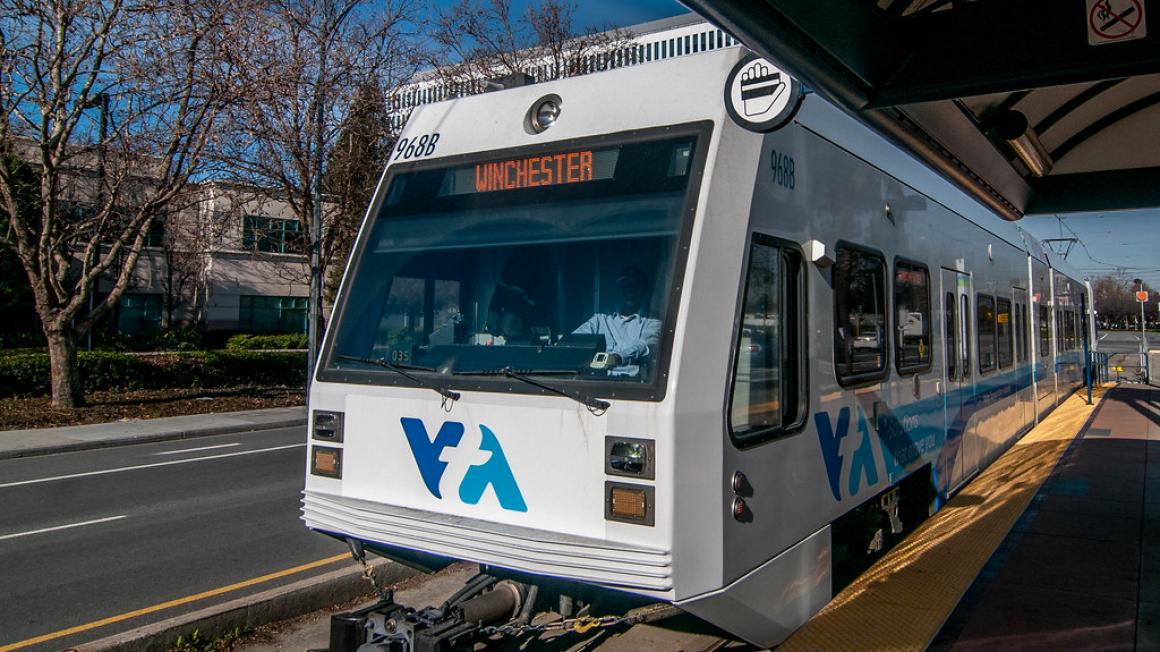As VTA begins planning for what service will look like post-pandemic and beyond, one thing already being studied is the future of high-capacity transit, specifically light rail. The fact that the current fleet of 98 trains may reach the end of their useful life in approximately 10-12 years prompted a study by VTA last May to look at this topic. At a work session on Feb. 19, the Board will receive an informational presentation of the study’s background, concepts for viable options and their implications.
While this is merely a conceptual presentation without specific recommendations, it does pose an opportunity to consider possible new and innovative solutions with enough time to plan for what the future of light rail might look like.
Conceptual scenarios include continuing the service similar to today but extending the useful life of the light rail fleet while including the innovative approach to pilot autonomous technology. It is widely held that autonomous features will be incorporated into all modes of transportation in the near-to-medium future, a byproduct of self-driving car research. Such pilot programs would still require an operator on board and take five to 15 years to implement through a phased approach.
Another potential option is supplementing light rail service by integrating additional bus service, effectively reducing train operations. In this concept, current light rail right of way could be paved so buses and trains could operate in the same place at different times. For comparison purposes only, the study also mentions the option of decommissioning light rail altogether to build a transit-only right of way system, including elevated tracks. However, this approach was not recommended by the Capital Program Committee due to its multibillion-dollar cost in infrastructure investment, very long planning lead times and major construction disruptions.
Each concept presents its own challenges and costs and findings of the study indicate that no single standard mode of transportation, either light rail or bus, stands out in meeting VTA’s capacity and frequency needs without significant infrastructure investment. The Board is receiving this as information and to provide additional feedback and direction on next steps.
